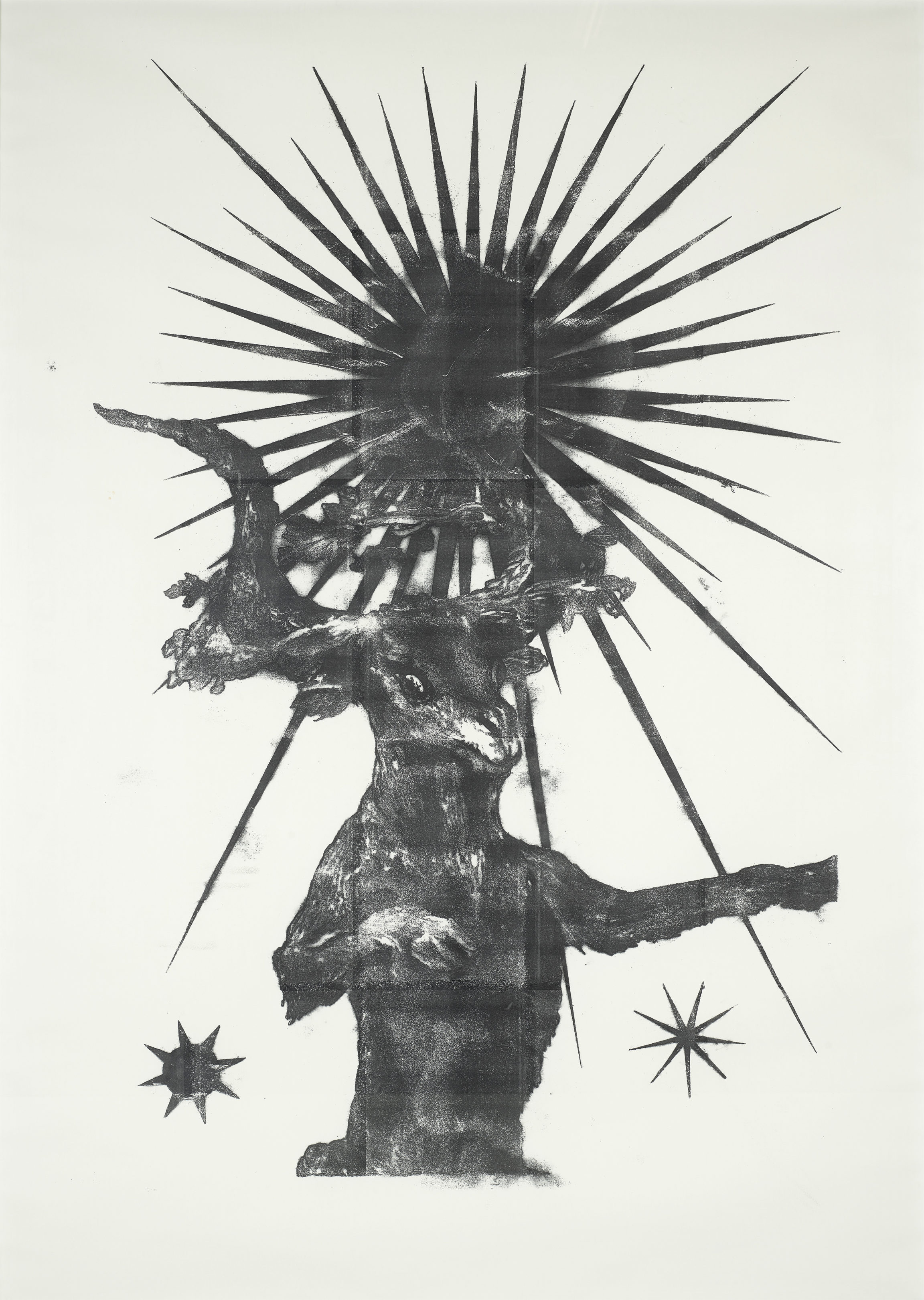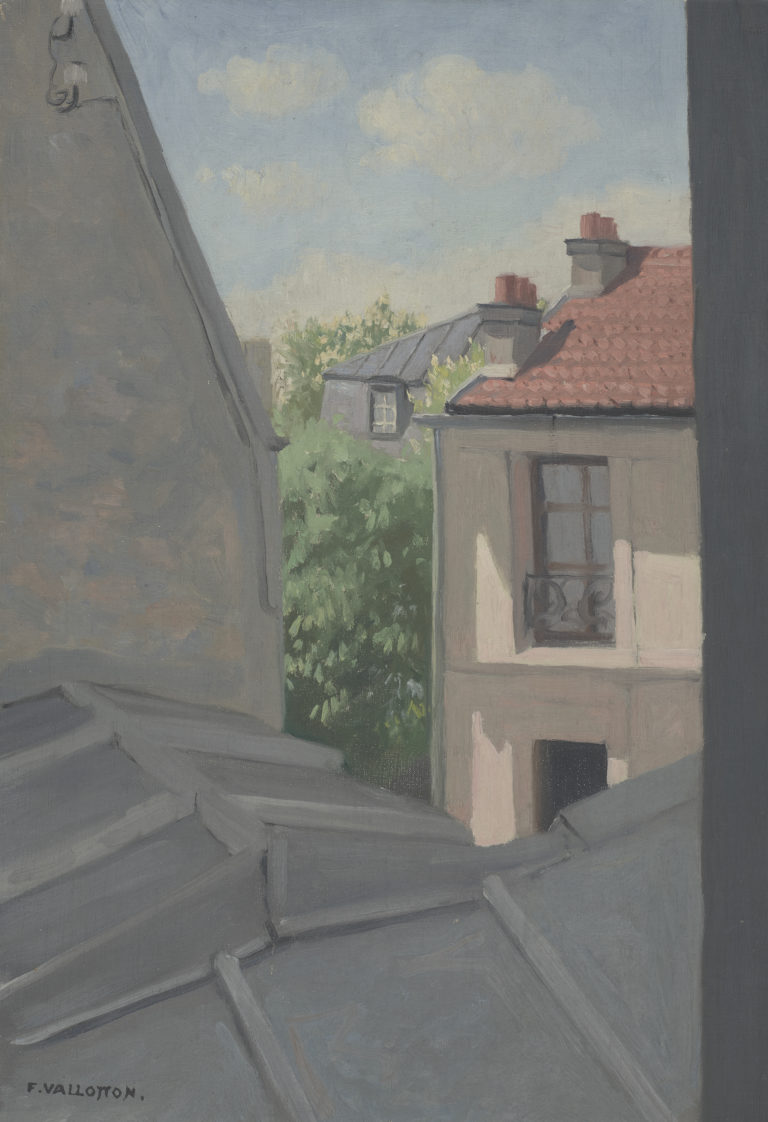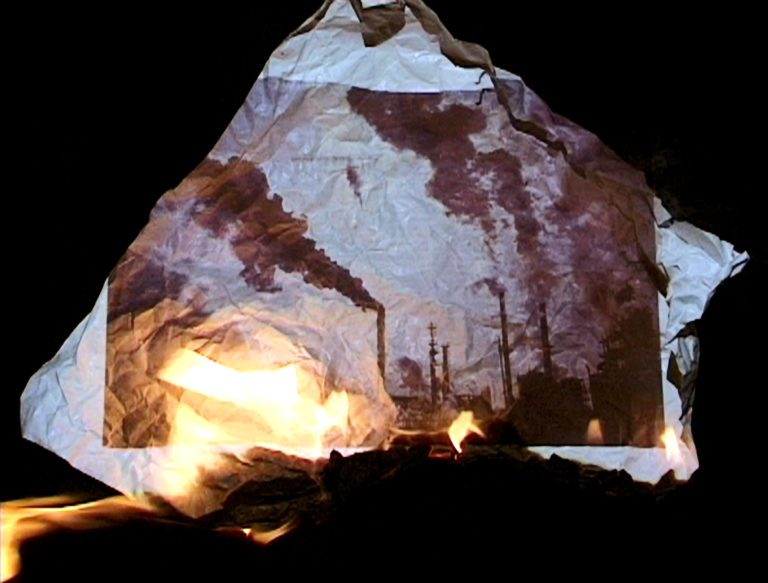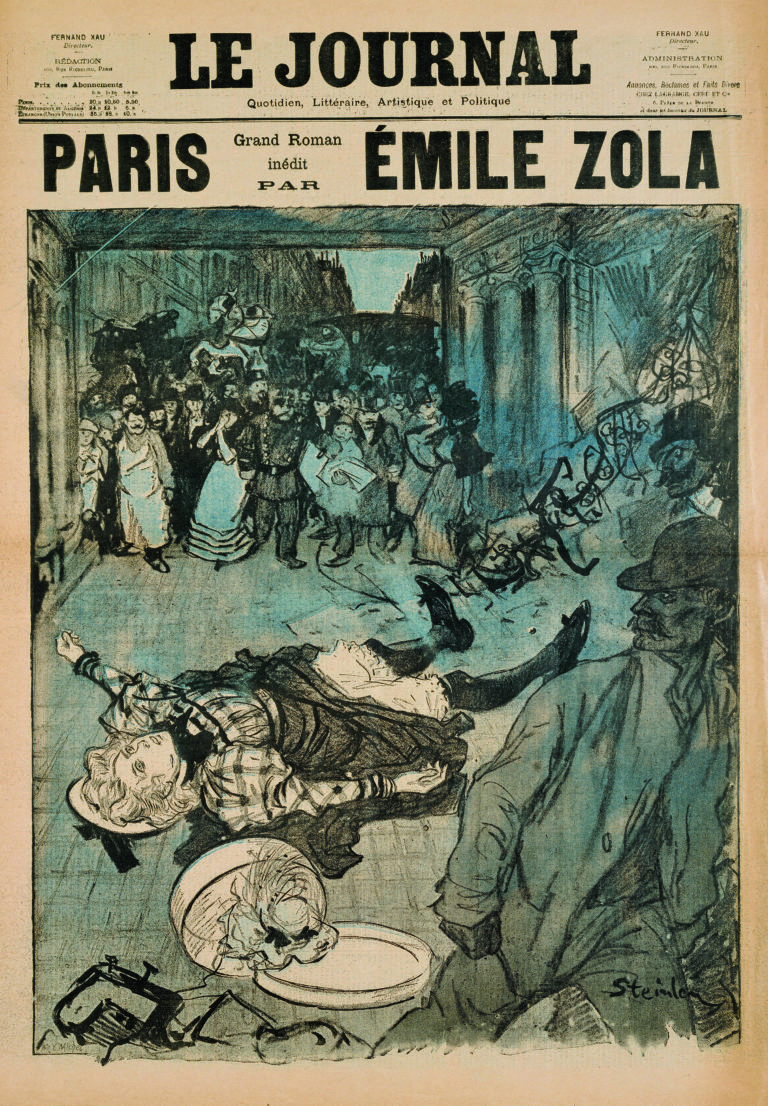Bibliography
Julie Enckell Julliard (ed.), Voici un dessin suisse 1990-2010, exh. cat. Vevey, Musée Jenisch, Zurich, JRP Ringier, 2010.
Didier Rittener, Libre de droits, Geneva, attitudes, 2010.
Yves Aupetitallot (ed.), Didier Rittener, exh. cat. Lausanne, Musée cantonal des Beaux-Arts, Zurich, JRP Ringier, 2005.




Didier Rittener designs his transfers, prints, sculptures and murals based on an archive of pencil drawings on A4 tracing paper. The drawings depict faces, animals, ornamental motifs, various patterns and words, that the artist picks out of the flow of images that constantly assails him. Once de-contextualised on paper, they are isolated, modified, resized and / or combined with other subjects, with each step distancing them further from their original source by altering their material nature, with pencil playing the largest role.
The first such drawing dates from 2001, while the archive itself was published in 2004 and 2010 with the title Libre de droits (Out of Copyright), defining the parameters of Rittener’s artistic undertaking. His iconographic repertoire, which he is still developing, is heir to medieval books of motifs used by apprentice copyists for practice and to establish norms for figurative representation by means of examples. Rittener foregrounds the fact that such collections belonged to all and were designed for constant reuse.
Art history is one of Rittener’s sources. This large-format Bouc juxtaposes the central figure of the devil wearing a vine-leaf wreath, as he was often depicted from the fifteenth century on, in Francisco de Goya’s El aquelarre (Witches’ Sabbath, 1797–8, Madrid, Museo Lázaro Galdiano), and stylised and radiant stars, one of which may resemble a virus. Didier Rittener does not necessarily expect visitors to identify the elements he has taken from other works of art. Instead, he aims to conjure up a feeling of dejà-vu and demonstrate the extent to which our visual culture is a pool of intertwined images that we appropriate for our own use.